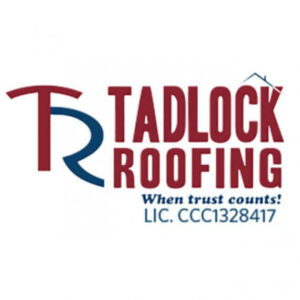Did you hear the one about the guy who loved to fall asleep to the gentle sound of rain on the rooftop – and woke one morning to raindrops bouncing off his forehead? Don’t let this happen to you!
Although most of us have our home HVAC system inspected regularly and change our car oil every 3,000 miles (or so), many people don’t pay close enough attention to maintaining their roof.
William Good, executive vice president of the National Roofing Contractors Association (NRCA), says that “too often, roofs are ignored until they leak — and often, at that point, they have to be completely replaced.” His group also notes that “…roof system maintenance is often the most neglected area of a roof management program and the single most important factor (after proper installation) for determining the life span and cost of a roof system.”
Replacing a roof is neither cheap nor easy. But staying ahead of little problems that can lead to much bigger problems down the road can help you avoid thousands of dollars in repairs – and a soggy pillow.
Here are a few routine steps you can take to help prevent problems and extend the life of your roof:
- Replace problem shingles or tiles – Inspect your roof and replace any broken, cracked or missing shingles or tiles at once. These protect the waterproof layer of your roof. Exposure to the sun can cause the waterproof layer to deteriorate, allowing moisture to enter your home.
- Check the seals around protrusions – Every home has at least a couple pipes or vents coming from inside the home up through the roof. Some also have skylights, chimneys or gas appliance exhaust pipes. Usually, either metal flashing, a rubber boot, or a combination of the two is used around the base of these to form a seal and keep the water out. Check to be sure these seals are in good shape – no cracks, lifted edges or signs of damage from squirrels or other animals. Also check for cracks in your chimney, especially around the top and the joints where it meets the roof.
- Mind your ridges and valleys – Ridges and valleys are where the plane of your roof changes; be especially careful to not let debris accumulate in these areas. Also make certain that the shingles in these spots overlap correctly and that there are no tears or holes in the underlayment.
- Keep debris off of your rooftop – Don’t let branches, leaves or other debris collect on your roof. They can hold moisture and cause your roof to rot.
- Check out your attic – A sure sign of trouble is moisture in the attic. Check for wet or moldy insulation, signs of water or moisture in the wooden underside of your roof, visible mold or mildew, or a musty smell in the air.
- Check for overall health – Your roof takes a beating day after day. Eventually, it will wear out and need to be replaced. Look for signs of dry, brittle shingles, soft spots in the sub-roofing materials and other visible signs of age, wear and tear.
If you observe any of these problems, or simply don’t feel comfortable crawling up on the roof, then it’s time to call a roofing expert – especially if it’s been a while since the last professional inspection.
Take care of your roof – and get a good night’s sleep…










